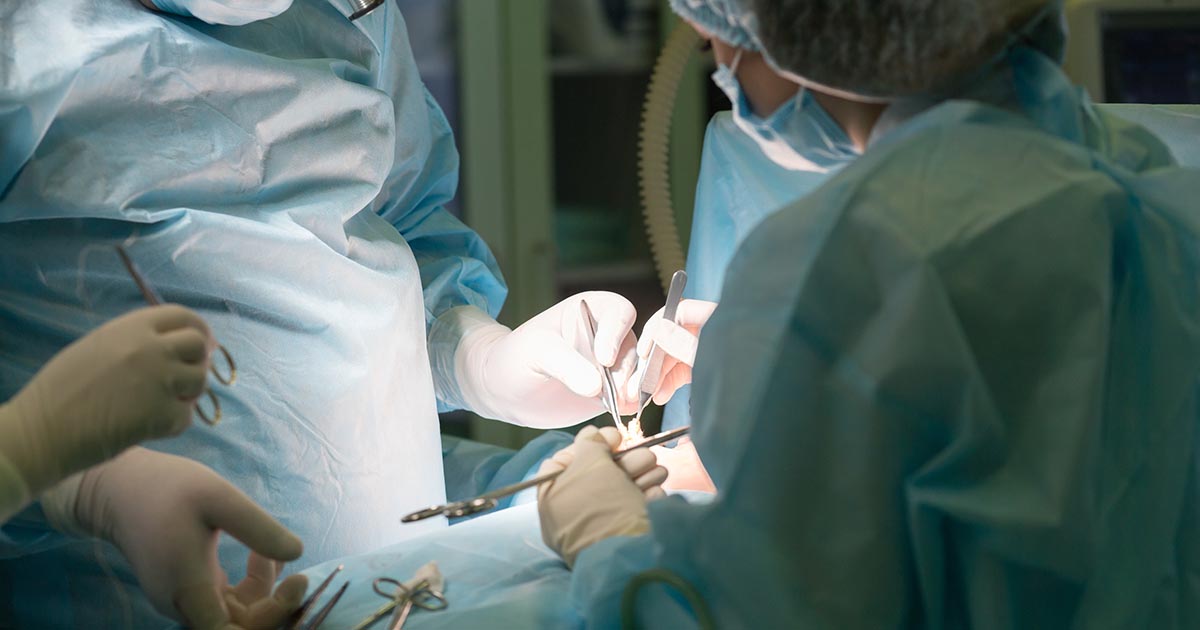Treatment Options For Benign Prostatic Hyperplasia
Transurethral Needle Ablation
Transurethral needle ablation is a benign prostatic hyperplasia treatment that relies on radio waves. The equipment uses needles to transmit radio waves to prostate tissue. The radio waves heat the tissue until it is destroyed. Eventually, the prostate will shrink due to the procedure, and then there will be less construction around the urethra and bladder. This is an outpatient procedure, which means you do not have to undergo general anesthesia or spend the night in a hospital. Instead, you will just take a mild sedative that makes you sleepy and then get local anesthesia in the prostate area. It will take quite a few weeks to notice any results because the body will gradually break down prostate tissue after the procedure. It is quite effective for years afterward, and side effects like ejaculatory dysfunction are rare.
Get to know the next option for treating benign prostatic hyperplasia now.
Prostatic Urethral Lift

Unlike most other types of procedures for treating benign prostatic hyperplasia, a prostatic urethral lift does not rely on removing tissue from the prostate gland. Instead, this is a procedure that just focuses on relieving pressure around the urethra. This minimally invasive surgery can be done under either general or local anesthesia. During the procedure, a surgical device is guided up the urethra. It then pushes the prostate tissue back from the urethra, and a needle sutures the tissue to keep it in the lifted position. Eight to ten sutures are used on average, and they remain in the prostate gland even after the surgery. It will take a few weeks for a patient to recover, and as the swelling goes down, there will be noticeable improvement. Since a prostatic urethral lift does not remove nerves in the area, erectile and ejaculatory functions remain intact.
Continue reading to discover more options for treating benign prostatic hyperplasia.
